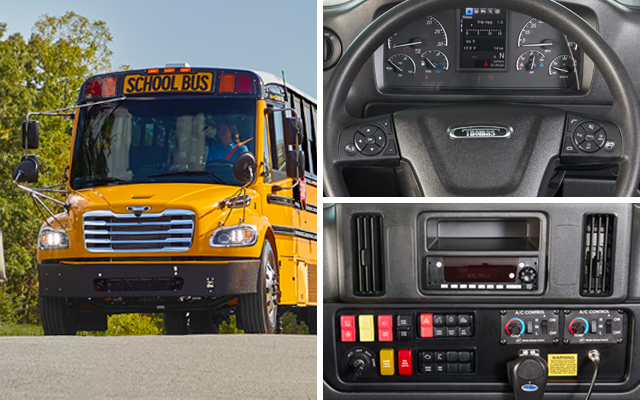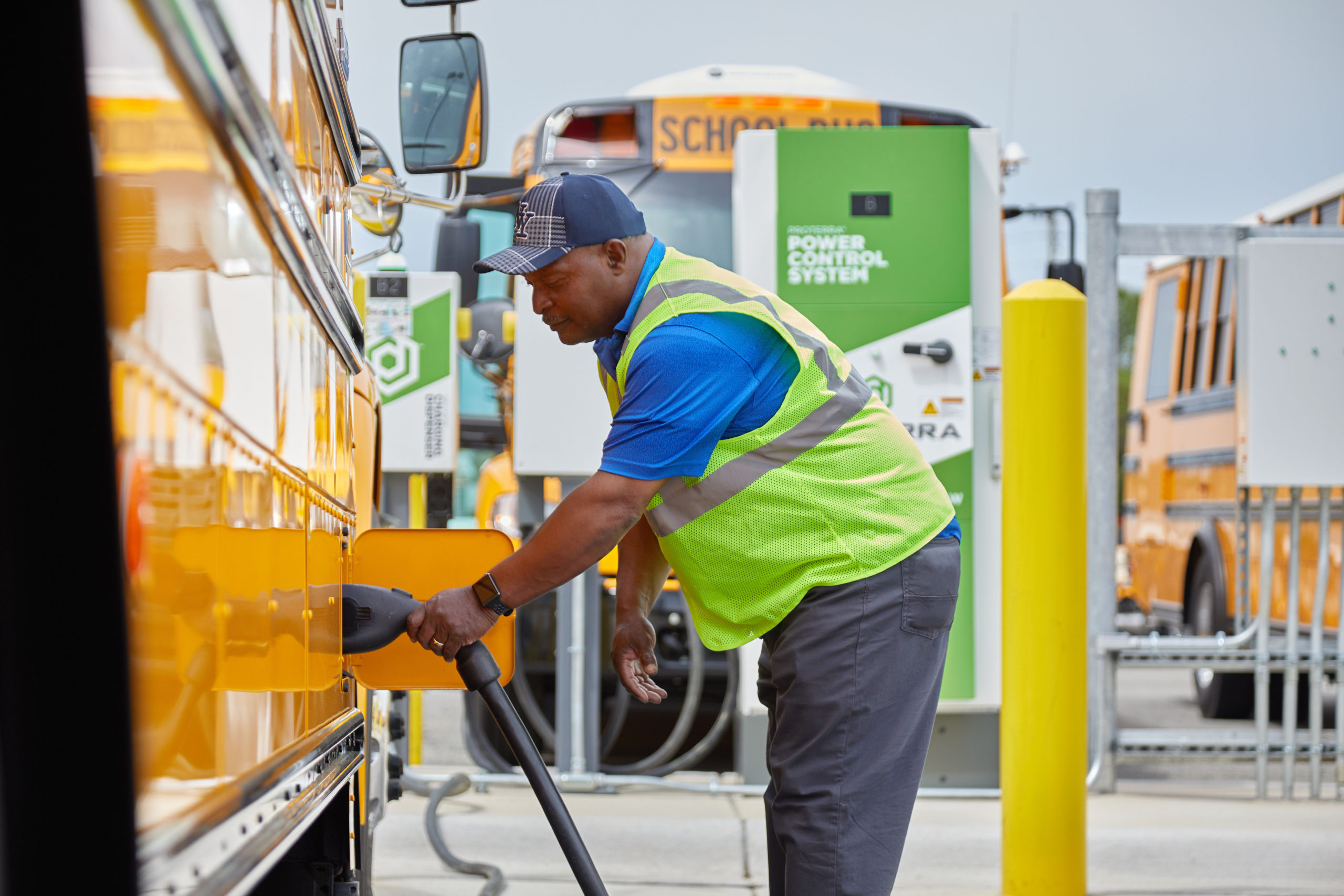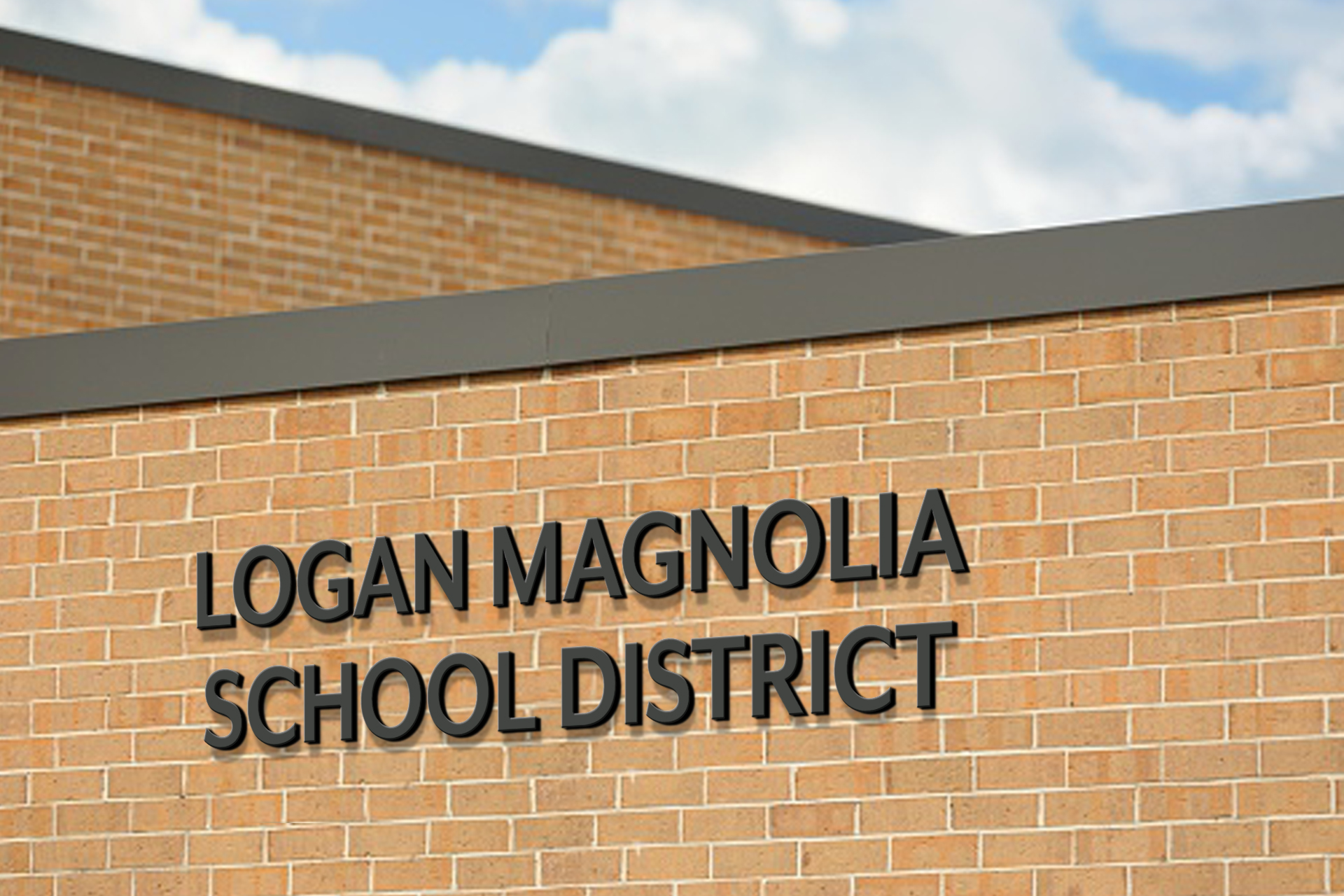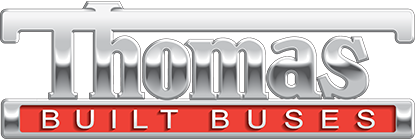
Upgrading the C2’s User-Experience for a New Era of Drivers
Student safety is in the hands of school bus drivers. The more comfortable and confident drivers feel, the more safely they drive.
For the last 20 years, Thomas Built Buses has supplied the industry with advanced electronics engineered with safety prioritized in every detail. Our Saf-T-Liner® C2 was designed…

As electric school buses continue to gain momentum across the U.S. through federal incentives like the EPA’s Clean School Bus Program, school districts are looking for help in transitioning their traditional bus fleets to electric, including building out electric vehicle (EV) infrastructure.
Building and implementing charging infrastructure can be a daunting task, with challenges…

From Kendra Eads, VP of Engineering and Technology at Thomas Built Buses
As we gear up for the back-to-school season, it’s important to recognize the significant advancements in school bus technology that enhance the safety and well-being of our students during their daily journeys.
At Thomas Built Buses, our commitment to safety is evident in our mission and…

(Em)Powering a Greener Future: Logan-Magnolia Community Schools' Journey with Electric School Bus Infrastructure Consulting
In today’s educational landscape, schools across the country are making strides towards embracing sustainable solutions.
A prime example of this is unfolding at Logan-Magnolia Community Schools in Iowa, under the leadership of Kurtis Hinkel, the grounds and transportation director.
Fueled by the vision of transitioning their fleet to electric, the school district recently…
Before you switch to an alternative fuel, be sure to consider infrastructure requirements of a new fuel type for your school bus fleet.
Switching a school bus fleet to an alternative fuel is a big decision. In addition to weighing the pros and cons of each fuel type, school districts must also consider the impact that the new fuel of choice will have on the overall fleet, in terms of budget as well as efficiencies. After all, mechanic and driver training will also be involved.
Before any school district approves a new alternative fuel, it’s vital to understand the big picture. One alternative fuel may be better-suited than another for certain school districts; there is no one-size-fits-all model. Plus, it’s important to not choose an alternative fuel just based on cleaner emissions. Today, all school bus fuels, including clean-diesel are clean, with emissions well-below EPA emissions standards. In fact, clean-diesel is comparable to or even cleaner than other alternative fuels.
Just as important as emissions are capital costs. When considering the initial capital investment in a new fuel type, consider infrastructure costs as well. Unlike purchasing new clean-diesel school buses, school buses that utilize propane, compressed natural gas (CNG), gasoline or even electric power will require an additional investment in fueling infrastructure or arrangements with fuel distributors. And the details can be a lot to wade through.
At a very basic level, here are a few things to consider when thinking through the infrastructure requirements of a new fuel type, using propane and compressed natural gas as examples:
Costs and Incentives
The cost of alternative fuels and associated fueling infrastructure are some of the most significant factors when choosing the best alternative fuel for a school bus fleet. While some fuels cost less per gallon, the initial infrastructure costs can offset the savings over time. That’s one of the reasons why investing in clean-diesel is often the best choice for most school districts.
At the top of the list in terms of expense is CNG infrastructure. For CNG school bus engines, school districts will need to install a CNG fueling station unless there are fueling stations nearby. CNG fueling infrastructure is expensive, however, districts can recoup those expenses in several ways. In addition to using local incentives and grants for fueling infrastructure, some school districts have saved money with lower fuel and maintenance costs associated with their new CNG buses. Still, others have used their infrastructure to sell CNG to other transporters who may need access to the fuel.
School districts who build a CNG fueling station have two options: slow-fill and fast-fill dispensers.
Slow-fill dispensers are designed to fill a school bus tank overnight. This type of dispenser, which typically can cost around $70,000 per unit, is more cost-effective, but will limit school districts in terms of flexibility since fewer buses can be fueled within a given period.
On the other hand, fast-fill dispensers, which fuel school buses in the same amount of time as traditional clean-diesel fuel dispensers, can fuel many more buses within a given time period, but cost considerably more, usually between $550,000 – $850,000 for a medium-sized tank configuration. Many school districts use a combination of fast-fill and slow-fill dispensers.
For propane, fueling stations are less expensive than CNG infrastructure and easier to install. Propane is regularly delivered to these stations. A small propane station onsite will cost around $60,000 – $70,000 and will fuel about 20 buses per day. However, one key thing to keep in mind is that small propane tanks may cost more to fill per gallon than larger tanks, based on supplier agreements.
More information about specific costs of propane and CNG fueling infrastructure can be found through the Department of Energy.
Partnerships
If building fueling infrastructure is not a feasible option, some school districts have had success working with fuel suppliers or turnkey contractors who build fueling stations and then sell the fuel back to the school. Contractors or suppliers should be thoroughly vetted ahead of time and have a long-standing, proven track record of success.
Fuel Availability
It is critical to remember that, unlike clean-diesel, other fuels types are not readily available throughout the United States and Canada. Before school districts invest in alternative fuels, it is wise to first check local fuel availability. In addition to a fueling station onsite, it is also essential to have a few backup fueling options nearby to help support a fleet.
Local Ordinances
Last, when working with any alternative fuel, it is imperative to check local ordinances. No matter what type of alternative fuel is selected, there are local ordinances for fueling infrastructure and maintenance bay upgrades that must be made. For example, maintenance bays for CNG buses may require lighting upgrades and methane detectors tied to the HVAC system and garage doors. Ordinances vary by state and by alternative fuel.
It is important to work with your local school bus dealer to determine the best fuel of choice for your fleet. For many school districts, clean-diesel will be the best choice. It’s still the fuel of choice for 93 percent of school districts across the country because it’s proven, efficient, easier to maintain, and cleaner than diesel engines 10-15 years ago. Some school districts may find that propane or CNG is a better fit. If so, be sure to talk to your local dealer about not only the pros and cons of each fuel type and bus design, but also about available infrastructure.
